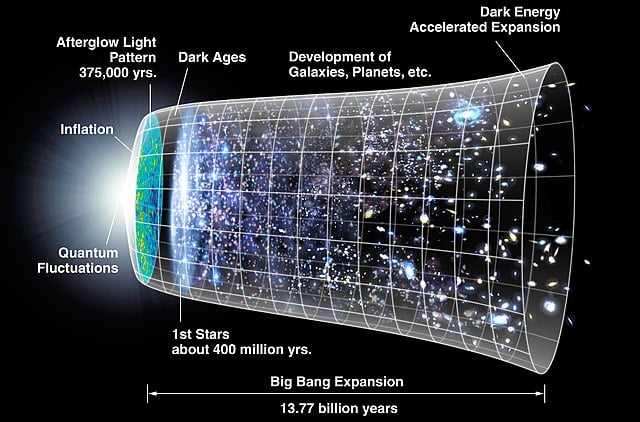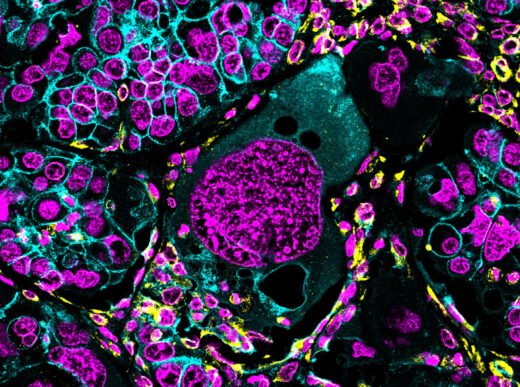Prayer is a practice that has been undertaken by people for thousands of years and is often seen as a way to connect with a higher power or a divine force. But how does prayer work? If we assume that thoughts are an electrical impulse, or energy, can thoughts be involved in or represent a quantum superposition, and can they communicate with the past, including the time of the big bang? In this essay, we will explore these questions and consider the role that thoughts, if they are a form of quantum superposition, might play in the future.
First, let’s consider the nature of thoughts. It is generally accepted that thoughts are generated by electrical and chemical activity in the brain. When we think, the brain produces electrical signals that are carried by neurons, or nerve cells, to various parts of the body. These electrical signals are accompanied by the release of chemicals called neurotransmitters, which help to transmit the signals from one neuron to another.

The process of thinking involves the activation of specific patterns of neurons and the release of specific neurotransmitters. These patterns and chemical releases are thought to be associated with particular thoughts, emotions, and behaviors.
Given this understanding of the nature of thoughts, it is possible to consider the idea that thoughts might be involved in or represent a quantum superposition. Quantum superposition is a phenomenon that occurs at the subatomic level and is one of the fundamental principles of quantum mechanics. It states that a quantum particle, such as an electron or a photon, can exist in multiple states simultaneously.
This may seem counterintuitive, as our everyday experience tells us that objects can only be in one place at a time and can only have one characteristic at a time. However, the principles of quantum mechanics describe the behavior of matter and energy at the smallest scales, where the rules of classical physics do not apply.
It is not clear how the concept of quantum superposition could be applied to the activity of neurons and neurotransmitters in the brain. However, it is possible that the principles of quantum mechanics may play a role in the processes of thinking and consciousness.

For example, some scientists have proposed that the brain’s activity may be influenced by quantum effects, such as superposition and entanglement. These effects are typically observed at the subatomic level, but it is possible that they could also occur at larger scales, such as in the brain.
If this is the case, it is possible that thoughts might be involved in or represent a quantum superposition, with neurons and neurotransmitters existing in multiple states simultaneously. This would mean that a thought could potentially contain multiple conflicting or complementary ideas at the same time.
But what about the idea that thoughts can communicate with the past, including the time of the big bang? This is a more speculative idea, as there is currently no scientific evidence to support the notion that thoughts can travel through time.
However, some people believe that prayers can be heard by a higher power or a divine force and that these prayers can have an impact on the past, present, and future. This belief is often based on a spiritual or religious perspective and is not necessarily supported by scientific evidence.
It is important to note that the concept of time is not fully understood and is still the subject of much research and debate in the fields of physics and philosophy. Some theories, such as the idea of eternalism, suggest that the past, present, and future all exist simultaneously and that the concept of time is an illusion.
If this is the case, it is possible that thoughts, if they are a form of quantum superposition, could potentially have an impact on the past, present, and future. However, this is purely speculative and is not supported by scientific















